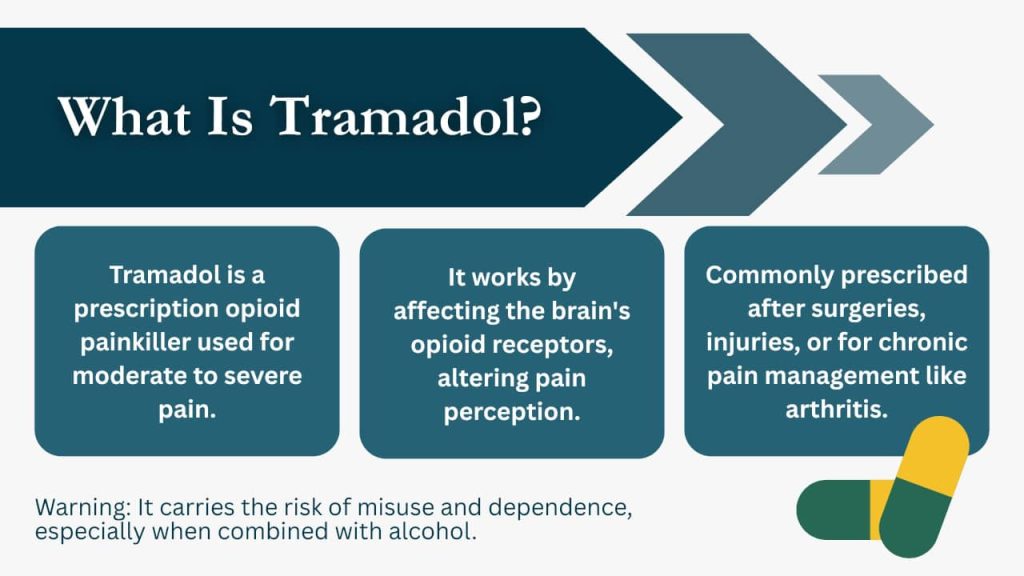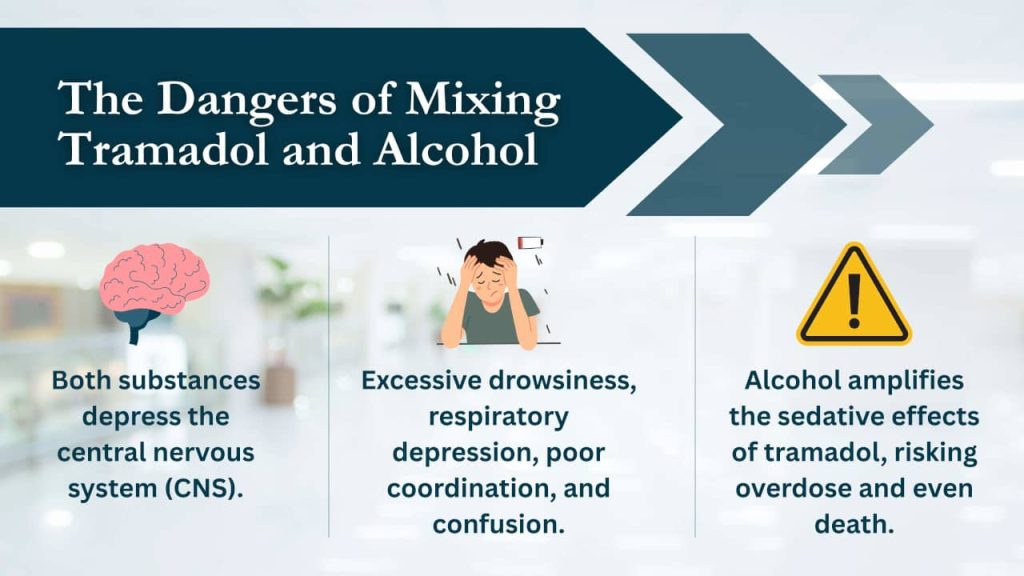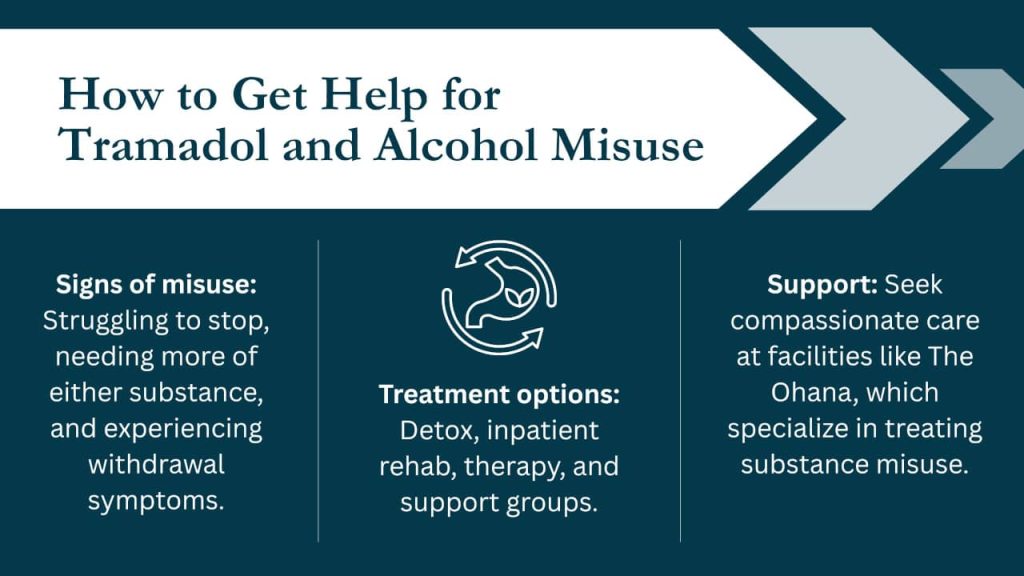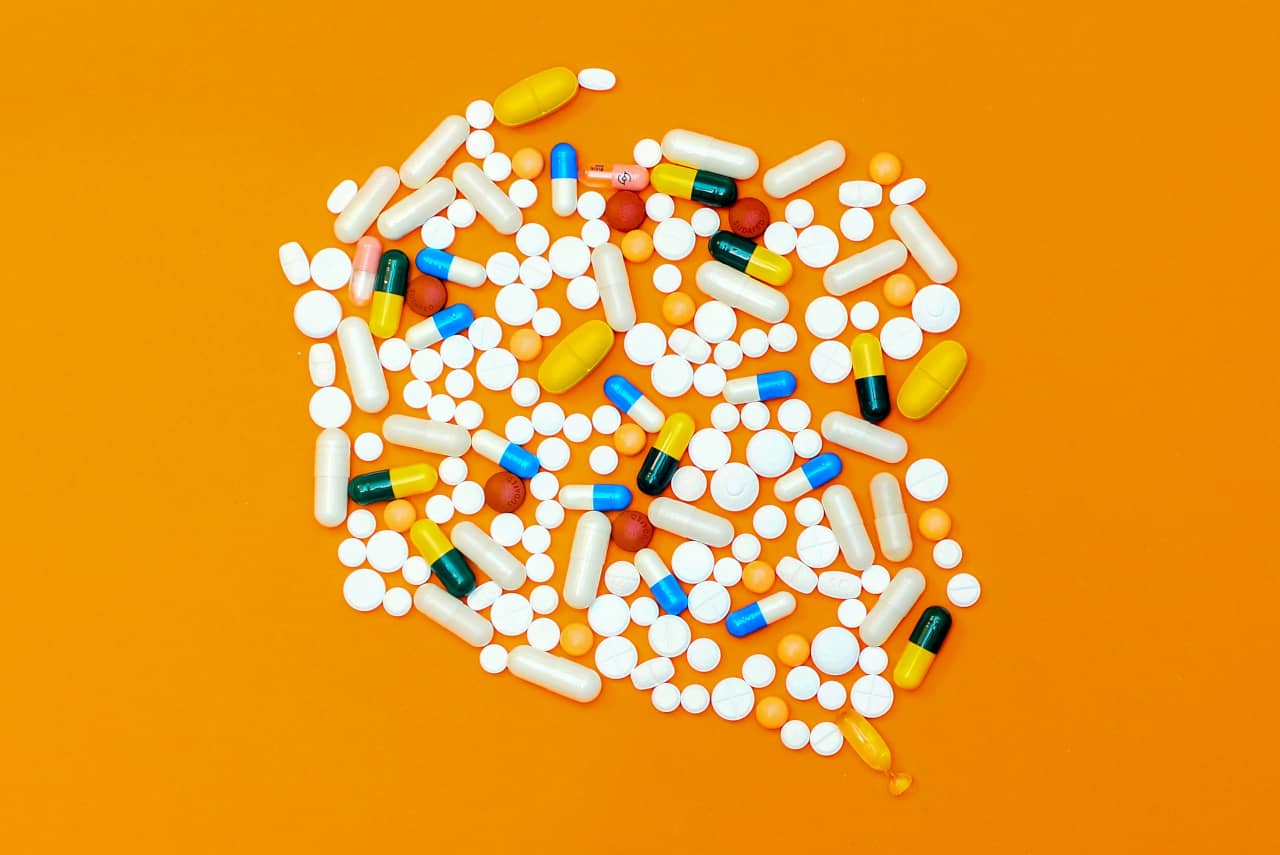What Is Tramadol and How Does It Work?
Overview of Tramadol as a Pain Medication
Tramadol is a prescription opioid used to treat moderate to moderately severe pain. It is often prescribed after surgeries or injuries, or for chronic conditions like arthritis. Unlike some stronger opioids, tramadol is considered a synthetic opioid, meaning it’s man-made and designed to mimic the pain-relieving effects of more powerful drugs. However, its opioid nature still carries a risk of dependence, misuse, and dangerous interactions, especially with alcohol.

How Tramadol Affects Your Brain and Body
Tramadol works by binding to opioid receptors in the brain, altering the perception of pain. Additionally, it inhibits the reuptake of norepinephrine and serotonin, two neurotransmitters that regulate mood and stress. This dual action can make tramadol effective. However, it also increases the risk of side effects and dangerous interactions, particularly with substances like alcohol that also affect the central nervous system.
Can You Drink Alcohol With Tramadol?
Why Mixing Tramadol With Alcohol Is So Dangerous
Mixing tramadol and alcohol can be life-threatening. Both substances depress the central nervous system (CNS), slowing down functions like breathing, heart rate, and brain activity. When combined, they amplify each other’s effects, leading to extreme drowsiness, respiratory depression, unconsciousness, and even death.

Common Misconceptions About Drinking on Tramadol
A common myth is that a small amount of alcohol—like a single glass of wine or beer—is safe to consume while taking tramadol. Unfortunately, there is no completely safe amount of alcohol when taking tramadol. Even low doses of either substance can interact in unpredictable and dangerous ways, especially in people with existing health conditions or those taking other medications.
Risks and Side Effects of Mixing Tramadol and Alcohol
Immediate Effects: Drowsiness, Confusion, and Poor Coordination
Short-term side effects of combining tramadol with alcohol include extreme fatigue, dizziness, impaired judgment, and poor coordination. These symptoms increase the risk of falls, accidents, and risky behaviors. People may also experience nausea, vomiting, or blurred vision shortly after mixing the two.
Serious Health Risks: Respiratory Depression, Seizures, and Overdose
One of the most serious dangers of mixing alcohol and tramadol is respiratory depression. When the body slows its breathing too much, oxygen levels drop, which can lead to unconsciousness, brain damage, or death. Tramadol also lowers the seizure threshold, and alcohol can increase this risk. Together, they can trigger seizures even in individuals with no history of epilepsy. Additionally, the sedative effects increase the risk of accidental overdose.
Long-Term Consequences: Organ Damage, Mental Health Issues, and Addiction
Long-term use of tramadol with alcohol can lead to serious organ damage—especially to the liver and kidneys, which work to process both substances. Cognitive function may also decline over time, and mental health disorders like anxiety and depression may worsen. Most significantly, the combination can lead to dual addiction, making recovery more complex.
How Long After Taking Tramadol Can You Drink Alcohol?
Does Dosage Matter? (25 mg vs. 50 mg and More)
Many people wonder if lower doses—such as 25 mg or 50 mg of tramadol—make it safer to consume alcohol. While smaller doses reduce the intensity of effects, they do not eliminate risk. Even at low doses, alcohol can interfere with tramadol’s action in the body and increase the chance of harmful side effects.
Is It Ever Safe to Have Wine or Beer After Tramadol?
There is no universally safe window to drink alcohol after taking tramadol. The drug stays in your system for hours, and its effects can linger even longer depending on your metabolism, age, weight, liver function, and other medications. Drinking wine or beer while tramadol is still active in your system—often 24+ hours—is strongly discouraged.
Is 8 Hours Enough?
Some sources suggest waiting 8 hours after taking tramadol before drinking alcohol, but this is risky and not medically advised. Tramadol’s half-life can range from 6 to 8 hours, meaning only half of the drug has left your system by that point. To reduce health risks, it’s best to avoid alcohol entirely until tramadol is fully cleared, which may take 24 to 48 hours or longer.
Getting Help for Tramadol and Alcohol Misuse
Do You Have a Substance Use Problem? Signs to Watch For
If you find yourself frequently taking tramadol and drinking alcohol—even in small amounts—you may be at risk for substance misuse. Warning signs include:
Feeling unable to stop using either substance: You may have tried to quit drinking or stop taking tramadol but found it difficult or impossible to do so on your own.
Mixing them despite knowing the risks: Even after learning about the dangers, you continue to combine tramadol and alcohol, possibly downplaying the risks or rationalizing your behavior.
Needing more of either substance to feel the same effect: Your tolerance is increasing, which means your body has adapted to the substances and you need higher doses to achieve the same effects.
Experiencing withdrawal symptoms when stopping: When you stop using tramadol or alcohol, you may feel physically or emotionally unwell, with symptoms like sweating, shaking, nausea, or anxiety.
Feeling guilt, shame, or anxiety about your use: If your substance use is causing emotional distress or interfering with relationships, work, or daily responsibilities, it may be a sign of a deeper issue.
Treatment Options: Detox, Inpatient Rehab, and Counseling
Recovery is possible with the right support. Medically supervised detox can help safely manage withdrawal symptoms from tramadol and alcohol. Inpatient rehab centers like The Ohana offer comprehensive care that includes therapy, medication-assisted treatment (MAT), and wellness services to support every aspect of your recovery. If you’ve tried rehab before and slipped back, ask about chronic relapse treatment centers that integrate care for both opioid and alcohol use.
At The Ohana Hawaii drug rehab, we specialize in treating co-occurring substance use disorders in a serene, resort-style setting. Located on the Big Island of Hawaii, our campus provides private accommodations, gourmet meals, holistic therapies, and individualized treatment plans that focus on long-term healing.

How to Support a Loved One Mixing Tramadol and Alcohol
If someone you care about is misusing tramadol and alcohol, approach them with compassion, not judgment. Encourage open conversations and provide resources rather than ultimatums. You can:
Educate yourself about the risks: Understanding the dangers of combining tramadol and alcohol can help you have more informed and supportive conversations with your loved one.
Offer to attend a doctor’s appointment or support group: Being present at a medical appointment or mutual support meeting can help your loved one feel less alone and more supported in their recovery.
Suggest professional treatment like The Ohana: Recommend evidence-based care in a safe and nurturing environment where your loved one can receive personalized support.
Remind them that they’re not alone—and that recovery is possible: Express your care and belief in their ability to heal. Reassure them that support and help are available whenever they’re ready to accept it.
Detoxing From and Quitting Tramadol Use
Quitting tramadol can be physically and emotionally challenging, particularly if the drug has been used over a long period or combined with alcohol. The withdrawal process may include symptoms such as nausea, anxiety, sweating, muscle aches, insomnia, and mood swings. These symptoms can start within hours of the last dose and may peak over several days.
Medically supervised detox provides a safer and more comfortable way to stop using tramadol. In a detox setting, healthcare providers can monitor vital signs, manage withdrawal symptoms with medications, and offer psychological support to ease the transition. Gradual tapering under medical guidance is often recommended rather than quitting abruptly, especially for individuals with a history of heavy use.
Behavioral therapy and support groups are essential for maintaining sobriety after detox. These services help address the psychological dependence on tramadol, teaching healthier coping strategies for managing pain, stress, and emotional triggers. With the right combination of medical care and therapeutic support, recovery from tramadol addiction is not only possible—it’s sustainable.
Healing at The Ohana
When you’re ready to take the next step toward sobriety, The Ohana offers a place to begin again. Our luxury rehab center is designed to nurture mind, body, and spirit through evidence-based therapies, holistic practices, and the natural beauty of Hawaii.
We offer:
Individual and group therapy: Clients participate in sessions tailored to their unique needs, addressing the root causes of substance use and building coping strategies for the future.
Medication-assisted treatment (MAT): When appropriate, we provide FDA-approved medications to ease withdrawal symptoms and support recovery from opioid or alcohol dependence.
Adventure and ecopsychology therapy: Healing in nature promotes self-discovery, confidence, and physical well-being. We incorporate outdoor activities like hiking, swimming, and cultural excursions.

Mindfulness, yoga, and meditation: These practices help calm the nervous system, reduce stress, and enhance emotional awareness and balance.
Family therapy and relapse prevention: We work with families to repair relationships, build communication, and create a strong support network. Relapse prevention planning is also a core component of each client’s care.
With a low client-to-staff ratio, personalized treatment plans, and a commitment to cultural and spiritual wellness, The Ohana is a place where you can heal deeply and start fresh.
If you’re struggling with tramadol and alcohol misuse, you don’t have to face it alone. Call The Ohana today to learn how we can help you or your loved one recover in paradise.













